Nov 02, 2025
Nov 02, 2025
by Rachna
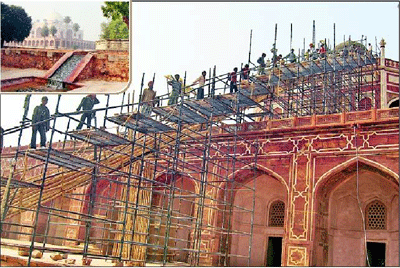 Nature always works a cycle, it always follow a pattern. An object, a life, a thing that has occurred, come to life, is present has to meet its end. We in this modern world discard so many a things as obsolete, old fashioned, dead and stale - even our traditions and cultures. The norms that were followed earlier stand no meaning at all in the present scenario, so are discarded and termed dead. History no doubt is preserved in the museums to take reference from, to enlighten the minds, to study the scope of improvement.
Nature always works a cycle, it always follow a pattern. An object, a life, a thing that has occurred, come to life, is present has to meet its end. We in this modern world discard so many a things as obsolete, old fashioned, dead and stale - even our traditions and cultures. The norms that were followed earlier stand no meaning at all in the present scenario, so are discarded and termed dead. History no doubt is preserved in the museums to take reference from, to enlighten the minds, to study the scope of improvement.
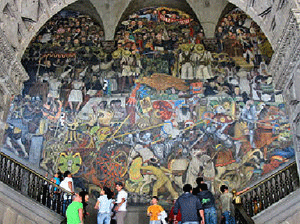 Many a pieces, object-de-art, cultural values, heritages, family heirlooms, buildings of architectural importance are even restored and revived for this purpose. So what is an average life of a building? Why restoration is
Many a pieces, object-de-art, cultural values, heritages, family heirlooms, buildings of architectural importance are even restored and revived for this purpose. So what is an average life of a building? Why restoration is
important for buildings? Why is an innumerable sum of money spent on restoring and preserving the old palatial buildings, royal structures which not only involve the time, the engineering skills, the huge man-power and not to forget the ever receding amount of land. Agreed at times restoration is important to have a look at what happened to understand the way of living of the then civilizations. A restored temple can be reused by the devotees and thus regenerate the amount spent on its rebirth, preserving world heritage, a superbly good idea has been of renovating and restoring old villas, palaces, mansions into lavish hotels, thus generating tourism revenues for the counties. But if we in the present scenario are talking about the environmental issues, is restoration of real significance or is it another way of hampering the nature’s cycle of life.
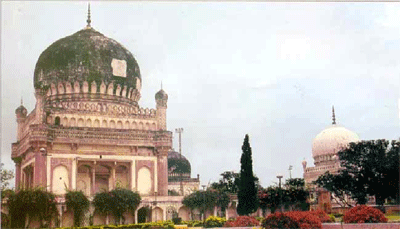 As everything has to end so the said buildings or cities died there own deaths after living in their full glory. On the other hand why this partiality towards some sites as it’s been known that there has been civilizations on this land and the estimate of their spread is only with reference to the clues which the archaeologists have been able to gather and rediscover over the period of time.
As everything has to end so the said buildings or cities died there own deaths after living in their full glory. On the other hand why this partiality towards some sites as it’s been known that there has been civilizations on this land and the estimate of their spread is only with reference to the clues which the archaeologists have been able to gather and rediscover over the period of time.
What if a piece of say Harappan civilization is found at the very place where you have just started the construction for your dream project? Would you be happy that the land has acquired a total new meaning and apart from the compensation by the government you will be hovered by the media to the limelight or will you be saddened that after the efforts of so many years the land that you acquired has literally gone back to soil and hence your dream project. So, you will be starting all over again.
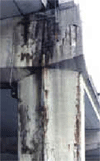 What about the buildings of the present era. Do while designing, constructing or acquiring a house or any building, we ever are conscious of the average life of the structure? Every material has its life. With the aid of science the mortality rate has been reduced not only for mankind but for the materials as well, but it’s not been eradicated, humans do suffer and die and materials do deteriorate. For an ailing man there are hospitals, similarly for every material object repairs are carried out as and when need be. But as man still dies so do buildings.
What about the buildings of the present era. Do while designing, constructing or acquiring a house or any building, we ever are conscious of the average life of the structure? Every material has its life. With the aid of science the mortality rate has been reduced not only for mankind but for the materials as well, but it’s not been eradicated, humans do suffer and die and materials do deteriorate. For an ailing man there are hospitals, similarly for every material object repairs are carried out as and when need be. But as man still dies so do buildings.
Have you ever seen a dead building? Or has ever a structure termed dead ever be demolished? Have we as builders, architects, designers, consumers thought, talked or discussed this question? In India especially a middle class man if buys and builds a house or flat or any piece of furniture he has a dream of it becoming a legacy “it will be used by my grandchildren and children of grand children n so forth. Of course they will do some changes accordingly.” Even if god forbid wisdom prevails and a building is evacuated do we notify any agency or organization that so and so building is dead and so we are shifting to another building?
Does an architect ever prepare detailed notes as to when a certain building should be ideally vacated if no other calamities such as fire, short circuiting, earthquakes, blasts etc. hamper its life? Does any architect or contractor issue a life span certificate? Or are there any laws or bye-laws which give authority to some body to regularly check the health and hygiene of any built structure or does any NGO or government body notifies the residents of the nearby death of the structure?
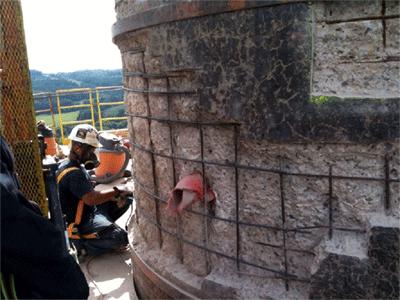 Of all the gifts of engineering and technology materials concrete is the staple diet in architecture and still the most extensively used one; on a tonnage basis actually. The main mechanism of degradation of steel-reinforced concrete is corrosion damage to the reinforcing steel. As all of us architects, civil engineers, builders know, concrete is a complex composite material, whose structure and properties can and do change over time. It is generally recognized that the environmental degradation of the concrete infrastructure is a serious, large scale and costly problem in many parts of the world. So, what after that?
Of all the gifts of engineering and technology materials concrete is the staple diet in architecture and still the most extensively used one; on a tonnage basis actually. The main mechanism of degradation of steel-reinforced concrete is corrosion damage to the reinforcing steel. As all of us architects, civil engineers, builders know, concrete is a complex composite material, whose structure and properties can and do change over time. It is generally recognized that the environmental degradation of the concrete infrastructure is a serious, large scale and costly problem in many parts of the world. So, what after that?
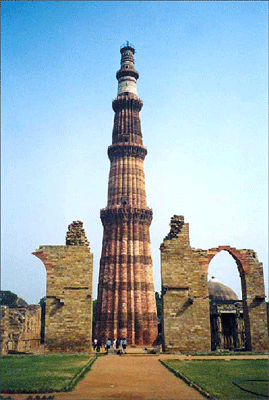 ‘History repeats itself’ it’s an old adage but conserving almost all the works of architecture would leave no room for new structures. The most burning topic of today’s’ times is Sustainable Architecture. The one concept which has been followed in India since times unknown, but as we are looking towards western culture, same influence is seen in architecture as well. The need of conservation is required more in conserving the ethics, design values and construction techniques used and followed in India, considering the topography, the climate, religious constraints and socio-economic scenario since time historic.
‘History repeats itself’ it’s an old adage but conserving almost all the works of architecture would leave no room for new structures. The most burning topic of today’s’ times is Sustainable Architecture. The one concept which has been followed in India since times unknown, but as we are looking towards western culture, same influence is seen in architecture as well. The need of conservation is required more in conserving the ethics, design values and construction techniques used and followed in India, considering the topography, the climate, religious constraints and socio-economic scenario since time historic.
The idea is not to stop the conservation process but to give a thought on how and what to conserve. Judicious conservation of buildings of great heritage culture is a must, and not just conserving any building just because it’s related to a legendary architect or built during some era of historic importance.
We cannot defy these points. This issue has to be thought of and discussed to make not only the conservation work of heritage structure meaningful but add more value to the new construction and technology advancement.
28-Feb-2009
More by : Rachna